Maintaining proper posture is essential for peak performance in both swimming and cycling. While swimmers often develop strong upper backs and shoulders, repetitive strokes can lead to rounded shoulders and forward head posture. Cyclists, especially those on long rides, may experience tight hip flexors and weakened glutes—factors that contribute to poor spinal alignment. The good news? Low-impact cardio can help correct these imbalances without straining joints.
This guide offers 10 science-backed, low-impact cardio routines and daily habits designed to improve posture, particularly for swimmers who also cycle. Each method is time-efficient, joint-friendly, and easy to integrate into your existing training.
Cycling is a natural fit for swimmers seeking low-impact endurance work. However, maintaining a hunched position on the bike can worsen thoracic spine stiffness. Instead, focus on upright posture: keep your chest open, shoulders relaxed, and core engaged throughout a 20-minute ride.
Adjust your bike fit to avoid overreaching. A slightly higher handlebar position encourages spinal neutrality. Add intervals—1 minute of moderate resistance followed by 2 minutes of easy pedaling—to boost cardiovascular benefits without joint stress.
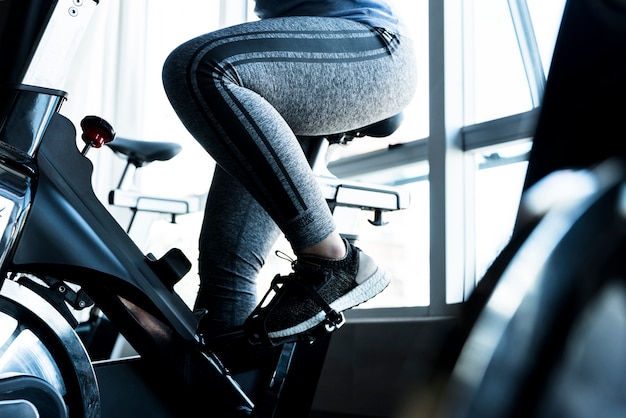
Walking uphill activates the glutes and hamstrings—muscles often underused in swimming and cycling. A 15-minute session at a 6–8% incline strengthens posterior chain muscles critical for spinal support.
Focus on standing tall: imagine a string pulling the crown of your head upward. Swing your arms naturally to engage the upper back and counteract shoulder rounding. This movement promotes better alignment and improves breathing mechanics.
The elliptical mimics running without impact, making it ideal for joint-sensitive athletes. Use backward pedaling occasionally to activate the glutes more intensely, which helps stabilize the pelvis and reduce lower back strain.
Set resistance to moderate levels and keep your torso upright. Avoid leaning on the handles—this defeats the core engagement. A 20-minute session 3–4 times a week supports cardiovascular health and postural stability.
Swimming is inherently low-impact and excellent for endurance, but technique matters. Focus on body alignment: keep your head neutral, spine long, and hips high in the water.
Incorporate drills like catch-up stroke or single-arm freestyle to enhance shoulder stability and scapular control. These improve thoracic mobility and reduce the risk of hunched posture over time.
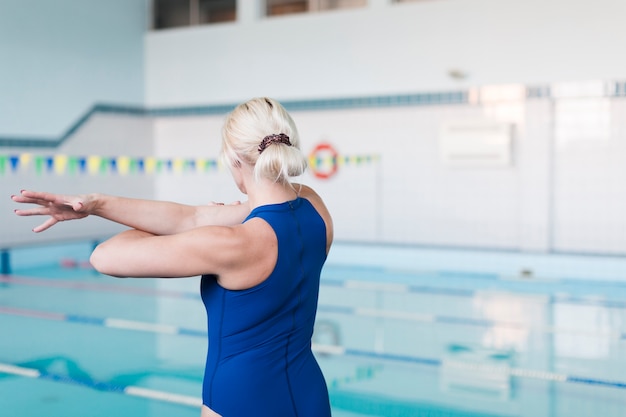
The rowing machine builds back strength and promotes upright posture when used correctly. Many users round their backs during the drive phase—this should be avoided.
Use a sequence of 30 seconds of rowing (focusing on full extension and a flat back) followed by 1 minute of rest. Repeat for 15 minutes. This strengthens the rhomboids, lats, and core—key muscles for counteracting swimmer’s posture.
For swimmers with lower back sensitivity, recumbent bikes offer lumbar support while still delivering aerobic benefits. The reclined position reduces spinal compression and encourages relaxed breathing.
Use 20-minute sessions with variable resistance to maintain cardiovascular fitness. Pair with shoulder blade squeezes during rest intervals to activate postural muscles.
Aqua jogging mimics running in water, providing resistance without impact. It strengthens core stabilizers and improves upright posture through constant balance demands.
Wear a flotation belt and maintain a tall torso. Drive your knees high and engage your glutes with each step. A 25-minute session enhances endurance and postural control—ideal during swim recovery weeks.
Posture isn’t just about exercise—it’s about daily habits. Every hour, take 30 seconds to reset: stand against a wall, aligning your head, shoulders, and hips. Breathe deeply and feel your spine lengthen.
This simple habit retrains muscle memory and reduces the cumulative effect of slouching, whether on the bike or at a desk.
Diaphragmatic breathing supports core stability and spinal alignment. During low-impact cardio, practice inhaling deeply through the nose, expanding the ribcage laterally, and exhaling fully.
This engages the transverse abdominis and prevents shallow chest breathing, which can contribute to upper back tension and poor posture.
Always end cardio with 5–10 minutes of stretching. Focus on tight areas: hip flexors, chest, and anterior shoulders. Include doorway chest stretches, kneeling hip flexor stretches, and chin tucks.
These counteract the forward-leaning positions common in both swimming and cycling, restoring muscular balance and joint alignment.
Improving posture doesn’t require drastic changes. For swimmers and cyclists, integrating low-impact cardio with mindful technique can correct imbalances, prevent injury, and enhance performance.
Start with 2–3 of these routines weekly. Pair them with consistent postural habits, and you’ll notice improved alignment, better breathing, and greater comfort—both in and out of the water.

Fitness

Fitness

Fitness

Fitness

Fitness

Fitness
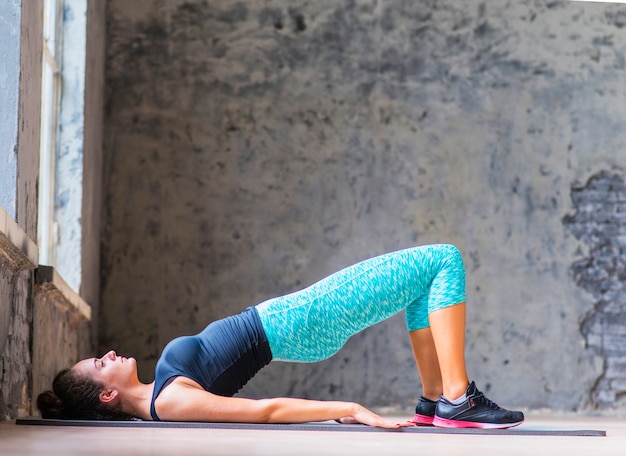
Fitness

Fitness
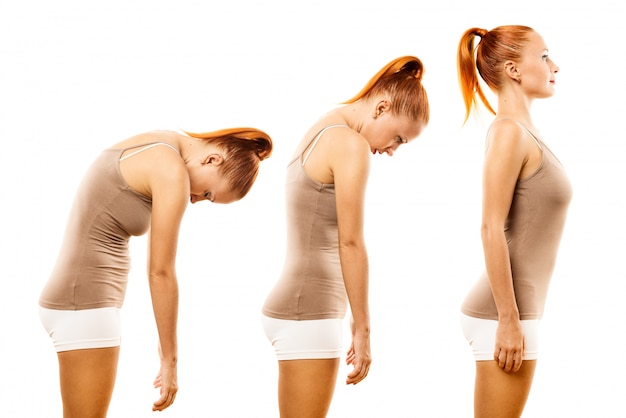
Wellness

Fitness

Fitness
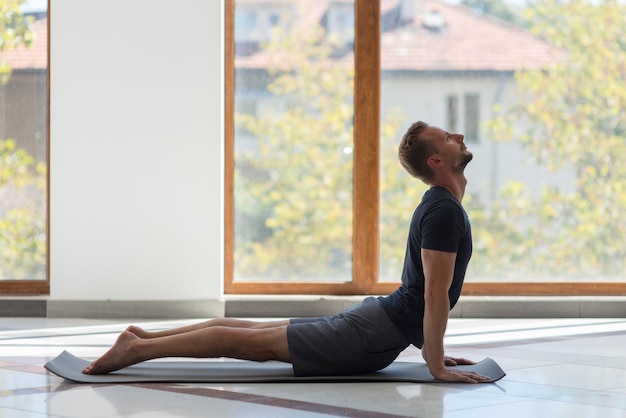
Wellness

Health

Fitness

Health

Health